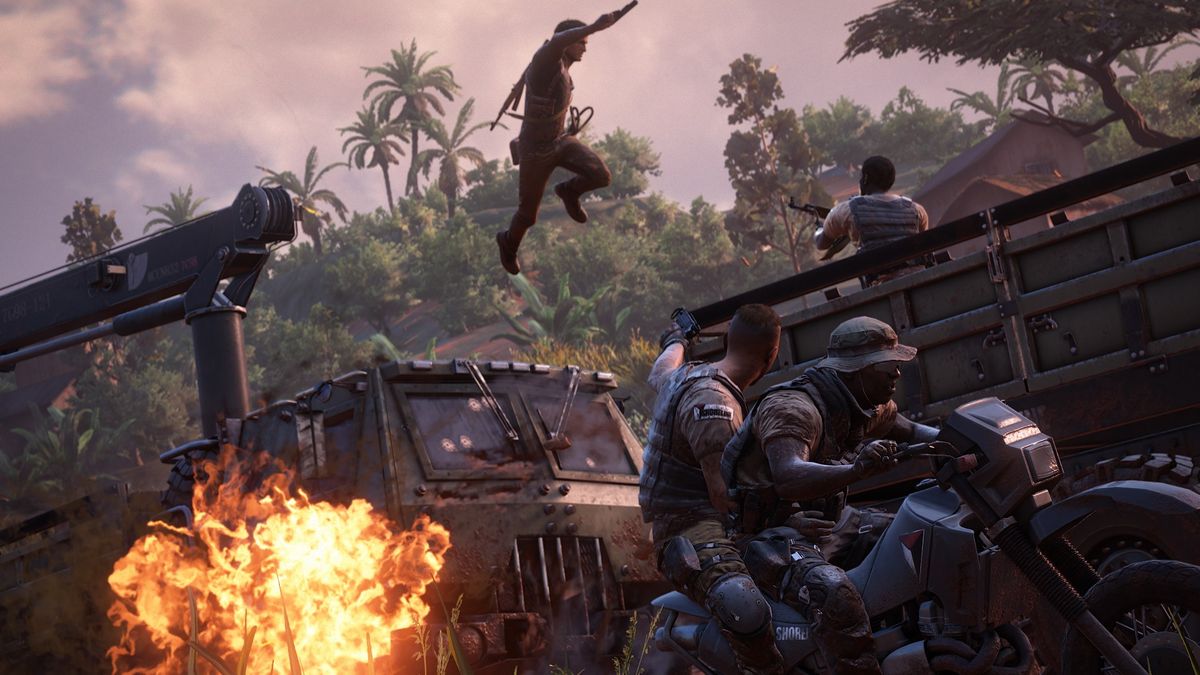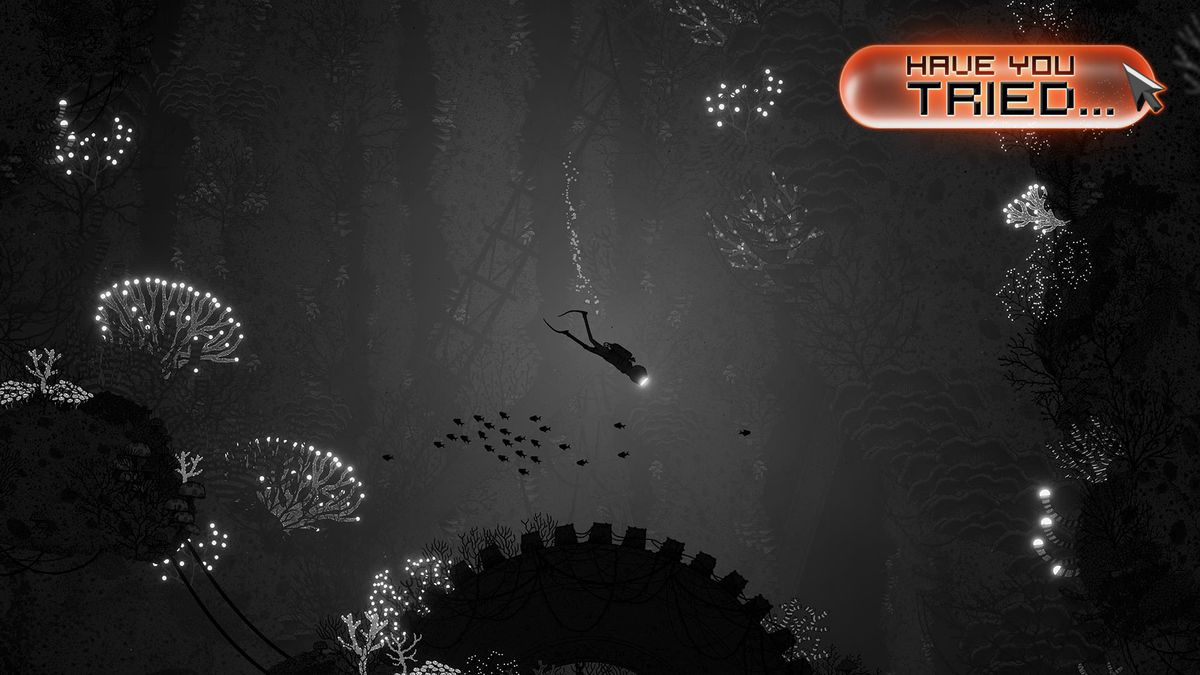
Ask GR Anything is a weekly Q%26A column that answers questions submitted by readers (as well as questions we’re particularly curious about ourselves). Got a burning question about games or the industry? Ask us in the comments below and you may just get it answered!
We’d like to preface this edition of Ask GR Anything with a brief note: We may poke fun at some of the people who spend tens of thousands of dollars to accumulate these amazing collections, but we’re massively jealous of every last one of them. We joke because we’re sad, sad people with no money. With that said, let’s scope out what these jerks are willing to pay for 2.75-by-4.25-inch pieces of NES-branded plastic.

The short answer: “In the course of my research, I’ve heard of private transactions that would be big news if they were public eBay auctions. So I can’t really say what the single most expensive game ever sold was,” said Chris Kohler, editor of Wired Game|Life and retro-gaming expert. “The complete copy of Air Raid for the Atari 2600 that sold in 2010 for over $31,000 is certainly a contender. I think that’s the highest recorded price. There was a Stadium Events that went higher, but the buyer didn’t pay.”
The longer answer: The sealed copy of Stadium Events copy that Kohler refers to above was “sold” for $41,300, though as he said, the bill was never paid. A short while later, another sealed copy of Stadium Events was sold (and paid for) at $22,800.

So Air Raid is still the king of insane prices. That particular copy is still the only known complete copy of the game still around. The cartridge alone can be found in much higher quantities, but is still rare. In 2011, a cartridge-only copy sold for $3,575. Still very impressive, but it’s even more impressive that the game jumped in price by around 900 percent when in original packaging.
However, equally interesting is the question of why these are the most expensive games in the world. Obviously, rarity has a whole lot to do with it, but we couldn’t figure out why anybody actually cares that they’re rare. So we posed that question to Kohler, who helped shed a bit of light on the issue.
“People may remember the game fondly, of course, and want to own it again,” Kohler said. “This is far from the only factor that influences demand, though, and not understanding this is why non-collectors are often surprised by these high prices. Another key factor is that a lot of these games are “collection-enders.” People decide to collect every game released for the NES, and after they get through all the Marios and Contras, they find that they are all competing over a small number of Flintstones cartridges. And at that point, you’re more willing to drop more money just to finish the damn collection already.”

It’s definitely interesting to consider what goes on in the mind of a person with a 10,000-game collection. If you’d spent years of your life and tens of thousands of dollars (the owner of one of the largest collections – 16,000 games – says it cost him around $100,000) to collect every game except one…how much would you be willing to pay to be one of only a few people in the world who was able to complete that collection? “Rare” doesn’t quite describe how uncommon it is to see these games. Each time one comes available could very well be the last time.
“Awareness, in general, also drives demand. You see people without collections buying up rare games simply because they become aware that they are considered rare. They’re speculating, essentially, that they’ll go even higher. Or maybe they just want to have something cool on their shelf,” Kohler continued.
It might seem insane, but it definitely makes for some interesting stories. We’re still not 100 percent convinced that $60 is a fair price for a video game, so we’re not about to go out and drop $30K on one. That said, we’re really glad some people are. It’s great for historical preservation, and it helps add depth and history to an industry that all too often completely forgets about games immediately after release.
Submit your own questions in the comments (or Tweet them to @sciencegroen) and we may tackle them for a future Ask GR Anything.
 Game News Video Games Reviews & News
Game News Video Games Reviews & News


